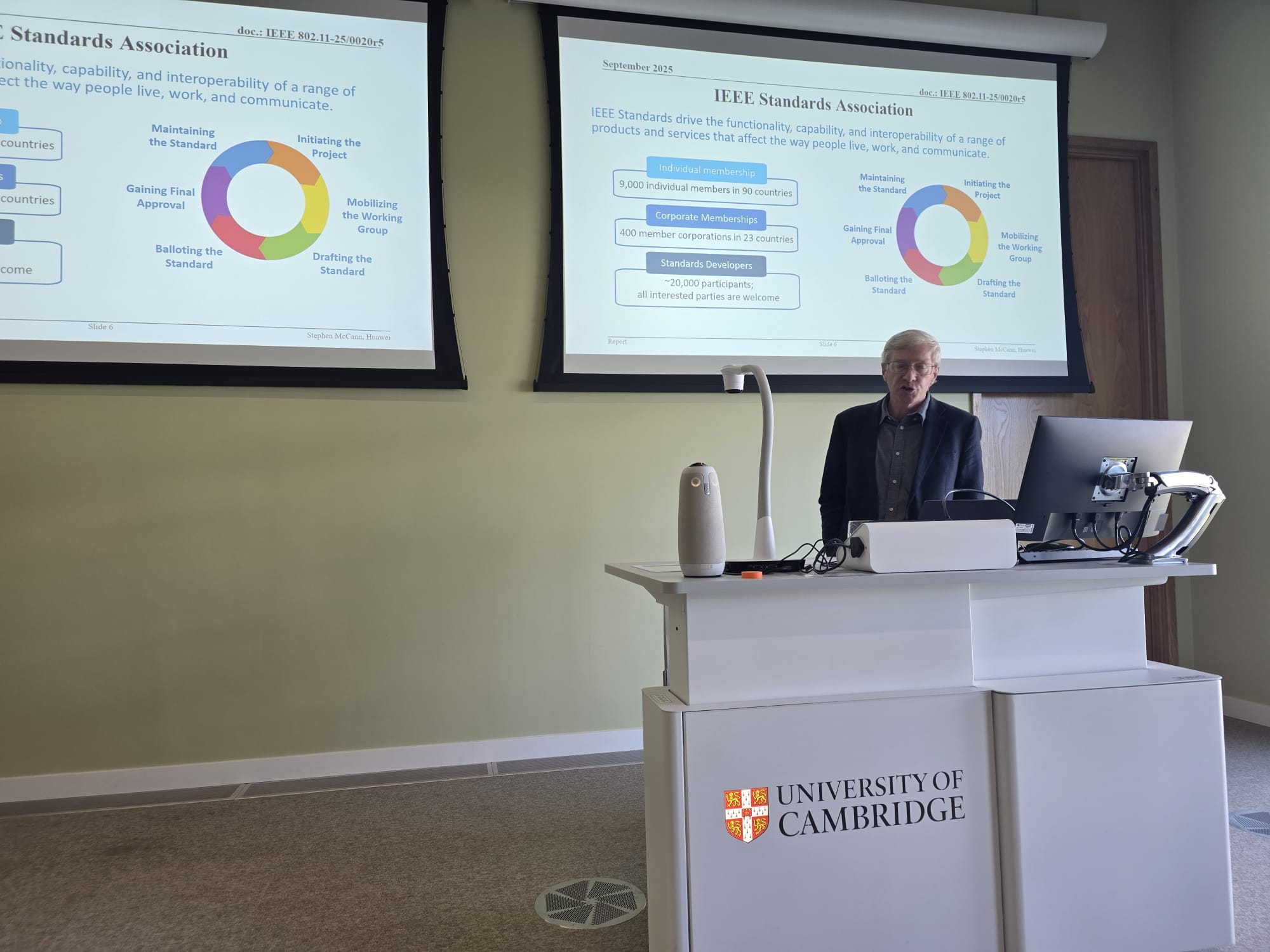FTH Impact In Focus Series: Connected Health
In this series, we’ll highlight the real world applications and impact of work underway across Federated Telecoms Hubs (FTH). Over the coming months, we’ll delve into topics such as AI for connectivity, green telecoms, and much more.
In this first edition, we focus on Connected Health – exploring how the next generation of communications technologies can revolutionise healthcare, making it smarter, safer, and more secure. From protecting sensitive patient data to enabling real time remote diagnostics and empowering intelligent robotics, our Hubs – TITAN, CHEDDAR, HASC and JOINER – are bringing innovation out of the lab and into everyday life.
Our vision at FTH is for a digitally enabled health system where data, devices, and people are seamlessly connected to deliver more efficient and equitable care. Through cutting-edge research across the hubs, we are making that vision a reality – delivering tangible outcomes, where connected health technologies are not only innovative, but are delivering real world impact.
In this article, we illustrate how FTH research:
- Applies advanced connectivity to real world healthcare challenges
- Improves access and outcomes, particularly in underserved communities
- Protects sensitive health data over the long term
- Empowers frontline workers and patients alike through smart, secure tools
Reaching rural patients with advanced communications | CHEDDAR Hub
One of the most promising areas of impact for connected health is in overcoming rural healthcare inequalities. In many regions, distance and limited infrastructure delay access to critical care.
CHEDDAR is tackling this head on, through innovations in ultra-low-latency communication, edge computing, and secure health IoT. CHEDDAR research at institutions such as the University of Glasgow, are enabling real-time data processing at the “edge” of the network. This reduces reliance on cloud servers, cuts latency, and ensures continuous service even when internet access is limited.
For patients, this means better monitoring of wearable health devices and more reliable emergency communications. For clinicians, it means being able to detect falls, analyse vital signs, and provide remote diagnostics in real time, even across vast rural distances.
CHEDDAR’s work also explores how AI-enhanced edge devices can support applications like RF-based fatigue detection or lip reading through masks – technologies that enhance diagnosis and care without compromising privacy.
Securing the future of health data | HASC Telecoms Hub
Data security lies at the heart of any connected health system. As healthcare providers increasingly rely on digital records, telehealth, and interconnected medical devices, ensuring long term data protection is critical, especially in the face of future cyber threats.
HASC researchers at the University of Cambridge and the University of Oxford are exploring Quantum Key Distribution (QKD) – a cutting-edge approach to securing data using quantum physics. QKD leverages single photons to create encryption keys that are impossible to intercept without detection. These keys can be transmitted through optical fibres or wirelessly via Free-Space Optics (FSO) – opening new possibilities for secure, long-distance communication between healthcare facilities, or even drones.
By pairing QKD with quantum-resistant encryption, this research ensures patient records, medical device communications, and telehealth platforms remain protected – not just today, but against the quantum powered cyberattacks of tomorrow.
Smarter connectivity for hospitals and homes | TITAN Telecoms Hub
Healthcare isn’t just going digital, it’s becoming intelligent. TITAN is driving innovations that blend sensing, connectivity, and machine learning to create environments where devices, robots, and people work together seamlessly.
At Heriot-Watt University, researchers are building on their RoboConnect platform with two new technologies:
- Wi-SenCom, which uses high-frequency Wi-Fi (60 GHz) to simultaneously sense and communicate, and
- MA-CASS, which adapts how data is shared based on clinical context.
These technologies could help healthcare environments like hospitals and homes run more smoothly.
Meanwhile, researchers from Queen Mary University of London are making wearable health devices smarter by fusing data from multiple sensors through multi-modal learning. This would make devices more energy efficient, private, and effective, providing continuous health monitoring without overwhelming data infrastructure.
At the University of Strathclyde, researchers are exploring Optical Wireless Communication (OWC) for future tools like virtual surgery and 3D medical holograms. They’re also looking into far-UV light sterilisation that safely cleans medical equipment without harming humans – an innovation with clear benefits in both hospital and home care.
The research at the University of Cambridge explores the application of optical wireless positioning (OWP) technologies in healthcare environments to enhance patient and asset tracking, and other applications such as indoor navigation in hospitals and bed occupancy monitoring. By leveraging high-precision, non-intrusive OWP systems, the project aims to improve real-time visibility of healthcare resources, streamline patient flow, and optimise facility management. The outcomes are expected to contribute to improved operational efficiency and patient care quality within the NHS.
TITAN researchers are also working with fibre comms with QKD, which could enhance cybersecurity in healthcare by securing high-throughput optical fibre links with continuous variable quantum key distribution. This is particularly valuable for:
- protecting sensitive patient data during transmission between hospitals, laboratories, and data centers,
- ensuring long-term confidentiality of electronic health records (EHRs),
- medical imaging and genomic data
The technology supports secure inter-hospital networks, clinical trial collaborations, and national health data infrastructure by integrating quantum-safe encryption into existing fibre networks. This approach is ideal for environments where robust, fixed infrastructure is already in place and high-speed data transfer is critical. Unlike QKD and FSO over the air, which supports mobile or remote deployments using free-space optics, fibre-based QKD focuses on enhancing the security of terrestrial fibre communication systems.
Experimentation Platform | JOINER
Whilst the hubs work on developing new technological advances in the healthcare sector, JOINER provides an experimentation platform that offers FTH researchers a real-world environment for testing and experimentation.
JOINER also provides an unparalleled opportunity for industry to take their solutions and try them in a broad-scale network, getting measured performance of how products work in a realistic deployment environment.
Being part of FTH also provides industry users with the ability to collaborate with a world-class research and innovation ecosystem.
Learn more about how JOINER recently launched their testbed: https://joiner.org.uk/blog/join-up-to-joiner/
Whether it’s through secure quantum communications, AI-enhanced wearables, or real-time edge analytics, FTH is shaping a future where technology underpins better, fairer healthcare for all.




